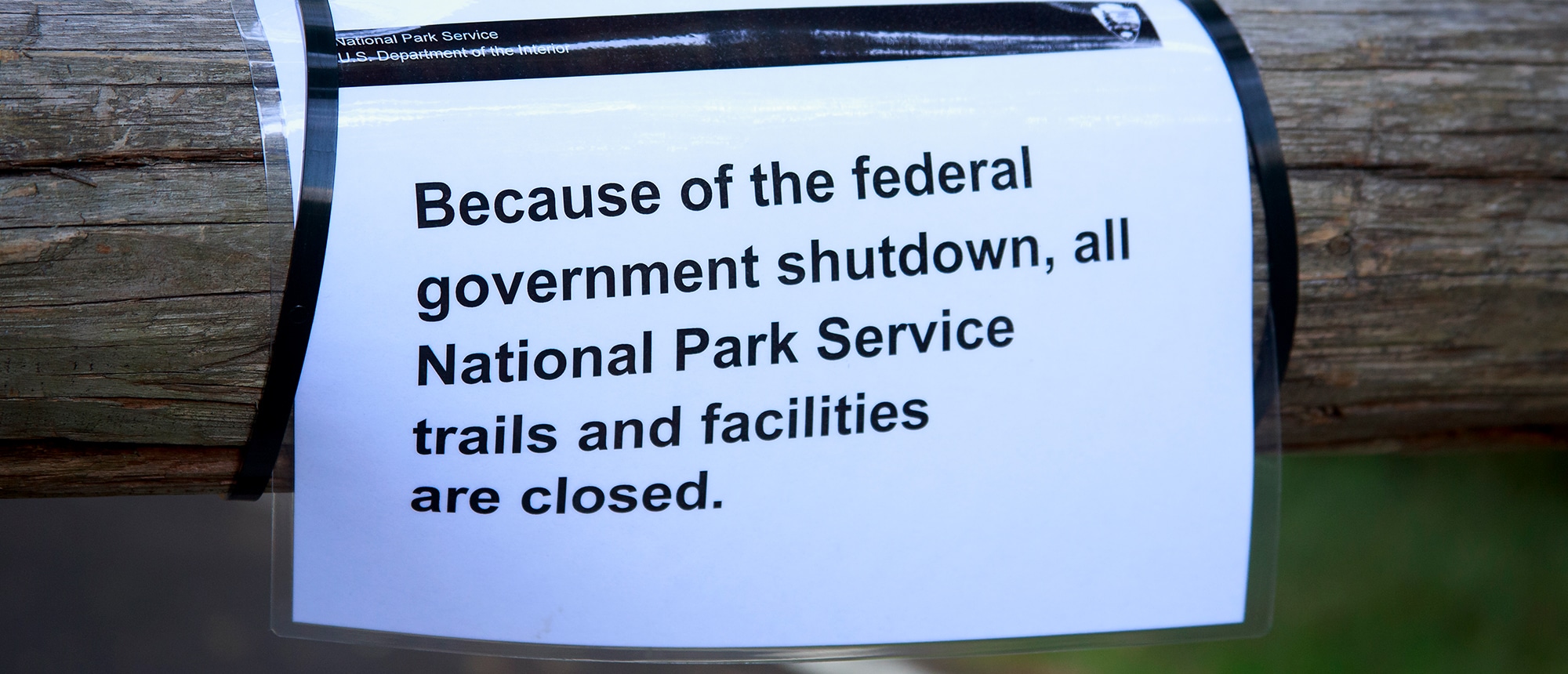The Shutdown And The Economic Precipice
Trump said Friday “we are totally prepared for a very long shut down.” It was one of his rare uses of the pronoun “we” instead of his preferred—and in this case far more appropriate—“I.”
The shutdown is indubitably his. Congress offered him a way to continue funding the government without the money to build his nonsensical wall along the Mexican border, but Trump caved in to the rabid right-wing media and refused.
I was in Bill Clinton’s cabinet when Newt Gingrich pulled the plug on the federal government in 1996. It wasn’t a pretty picture. A long shutdown hurts millions of people who rely on government for services and paychecks.
Trump’s shutdown also adds to growing worries about the economy. The stock market is on track for the worst December since the Great Depression. World markets have lost nearly $7 trillion in 2018, making it the worst year since the 2008 financial crisis.
The shutdown is stoking fears that Trump could do something even more alarming. He might fail to authorize an increase in government borrowing before the federal debt reaches the current limit, which Congress extended to March 2. A default by the United States on its obligations would be more calamitous than a government shutdown.
All this brings us closer to the economic precipice. It worsens America’s most fundamental economic problem.
Economies depend first and foremost on spending. Otherwise, there’s no reason to produce goods and services. In the United States, consumer spending constitutes about 70 percent of total demand. The rest comes from government and exports.
Export markets are in trouble. Europe’s and China’s economies were already slowing before Trump’s trade wars added to the stresses.
And even before the shutdown, U.S. government spending was hobbled by a large debt, which Trump’s tax cut for big corporations and the wealthy has further enlarged.
Don’t count on American consumers to come to the rescue. Most Americans are still living in the shadow of the Great Recession that started in December 2007 and officially ended in June 2009. More Americans have jobs, to be sure, but their pay has barely risen when adjusted for inflation. Many are worse off due to the escalating costs of housing, healthcare, and education.
Trump has added to their financial burdens by undermining the Affordable Care Act, rolling back overtime pay, restricting labor unions, allowing states to cut Medicaid, and imposing tariffs that increase the prices of many goods.
America’s wealthy, meanwhile, have been taking home a growing portion of the nation’s total income. But the rich spend a small fraction of what they earn. The economy depends on the spending of middle, working-class and poor families.
The only way these Americans have continued to spend is by going deeper into debt. By the third quarter of this year, household debt had reached a record $13.5 trillion. Almost 80 percent of Americans are now living paycheck to paycheck.
This isn’t sustainable. Even if the Fed weren’t raising interest rates—an unwise move under these circumstances—consumers would still be in trouble. Mortgage, auto, and student-debt delinquencies are already mounting.
The last time household debt was nearly this high was in 2007, just before the Great Recession. Similarly, between 1913 and 1928, the ratio of personal debt to the total national economy nearly doubled. Then came the Great Crash
See a pattern?

